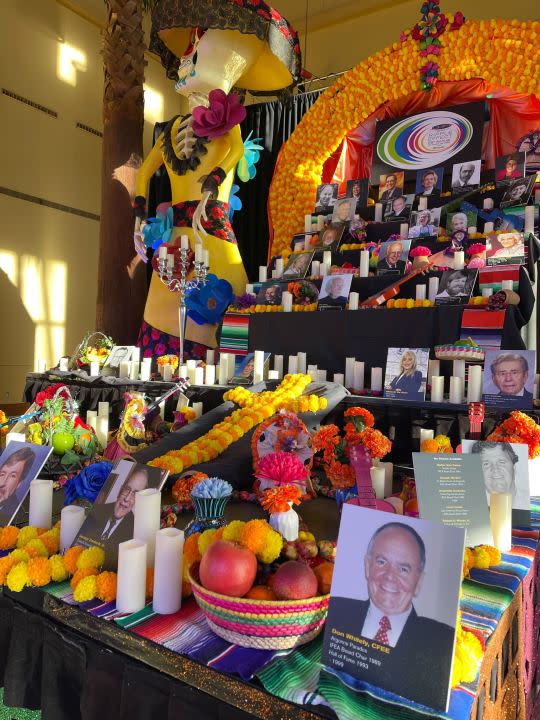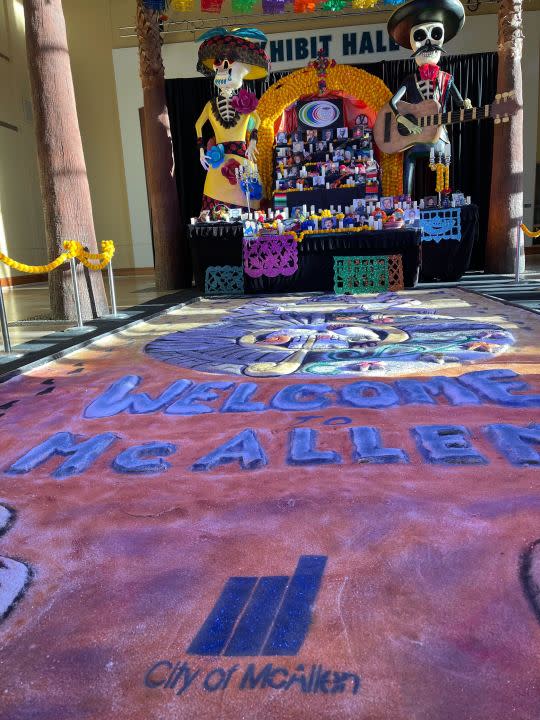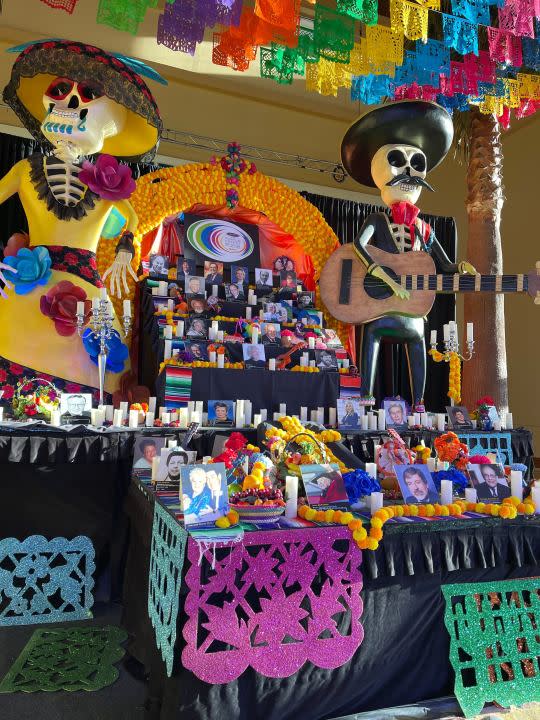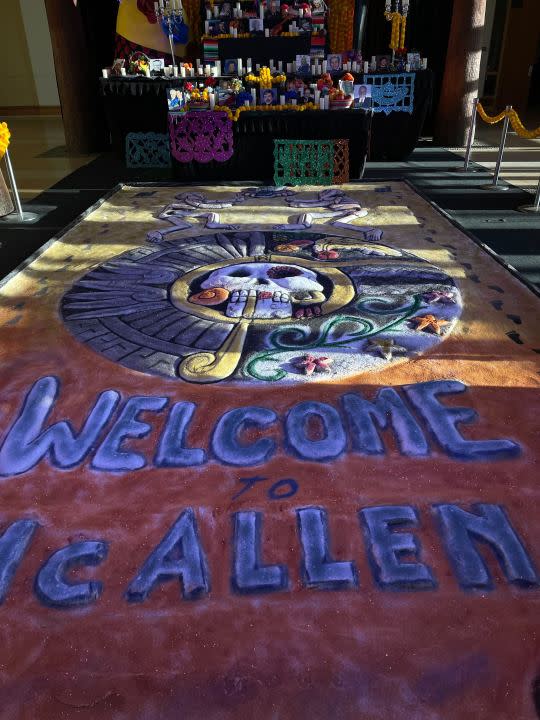Day of the Dead: What to know about the holiday and how to celebrate

MCALLEN, Texas (KSEE/KGPE) — If you’ve ever seen the movie Coco you may have an idea about the significance of Día de los Muertos, or Day of the Dead. While the movie does a good job of depicting the colors and sentiment behind the celebration, Día de los Muertos has a deeper cultural and spiritual tie to many Hispanic families.
Día de los Muertos is a week-long celebration where families honor their ancestors and dead loved ones. It is a celebration of life and death. The significance of the week-long ritual is centered around prayer and remembering friends’ and family members’ lives before they died.
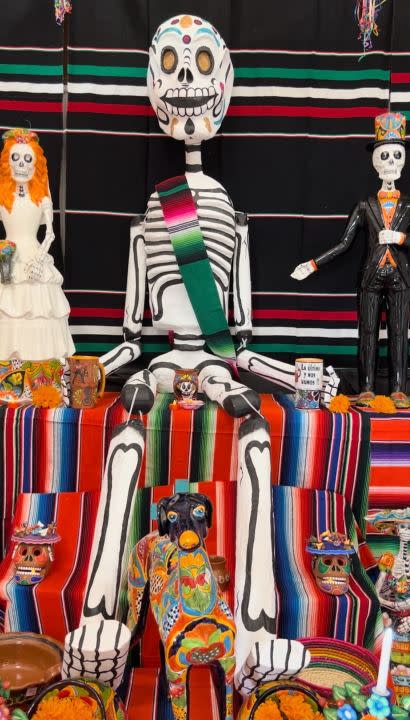
Joe Garza, marketing and special event supervisor for the McAllen Convention Center, said Día de los Muertos is a way for people to remember those who have passed over to the afterlife.
During the holiday it is believed ancestors and loved ones who have crossed to the other side come to visit their families. It is tradition for families to leave out their loved one’s favorite food and drinks.
Garza said the foundation of family is highly valued in Hispanic culture, making this holiday important because it helps keep the memory of the dead alive.
During Día de los Muertos there are specific days reserved for loved ones who come and visit.
On Oct. 27, families celebrate their pets who have passed. On Oct. 28 many begin to light the first candle and place a white flower to welcome the lost souls.
On Oct. 29, the next candle is lit and a glass of water is placed for the lonely and forgotten souls, who do not have family members to remember them.
On Oct. 30, a third candle is lit, and another glass of water is placed along with a piece of bread dedicated to those who passed in tragic or fatal accidents.
On Oct. 31, a fourth candle is lit along with a glass of water and a piece of bread with fruit such as oranges, mandarines, and guavas. This is dedicated to ancestors and children who died and were not baptized.
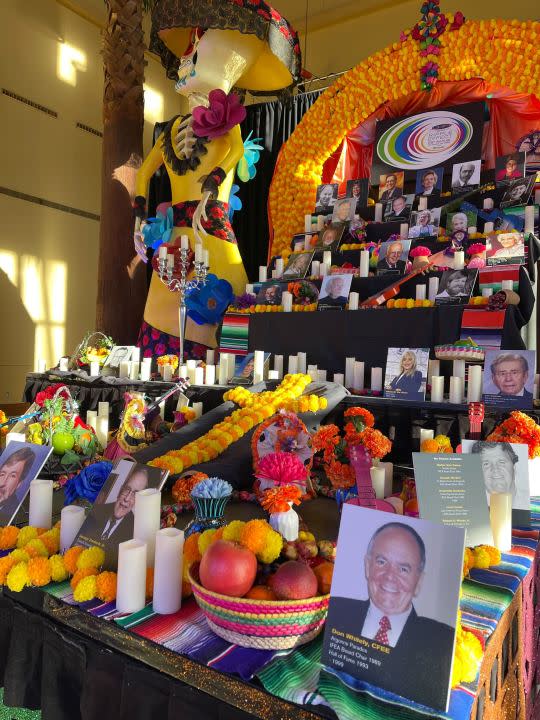
Nov. 1, also known as Día de los Angelitos, is reserved for children who briefly lived on earth. In the Hispanic culture, it is believed the angelitos are so eager to come to visit their families that they arrive a day before.
The following day on Nov. 2 adult family members and friends who have passed come and visit their altars and families.
People often put up ofrendas along with photos of their family members, children or pets, their favorite toys, snacks, clothes, trinkets, glasses of water and food.
A way to set up a Día de los Muertos altar is by placing pictures of those who passed first at the top and going in order as it goes down the shelves.
Other items that are put on altars are cempasúchil, also known as marigolds, flowers and petals as they are believed to guide the spirits to the altars. White candles are believed to light the way to the spirits and salt is placed for purification.
Many place pan de muerto, sugar skulls, traditional foods such as mole and tamales, fruits such as oranges, mandarines, jicama and guavas, and decorate the altar with papel picado.
Altars are typically set up by Oct. 31.
In South Texas, the City of McAllen invited the community to share photos of their loved ones for its annual community ofrenda, which is showcased at the McAllen Convention Center.
Source: Joe Garza, City of McAllen Source: Joe Garza, City of McAllen Source: Joe Garza, City of McAllen Source: Joe Garza, City of McAllen
Overall, Día de los Muertos is a day of remembrance of those who passed and who left an impact on the living.
For the latest news, weather, sports, and streaming video, head to KFOR.com Oklahoma City.
